The Magic of a ‘Coolcation’: Designing for Cold Climates
By WATG
February 7, 2025
With record-breaking heat waves recorded across the globe, and in an era of climate consciousness and a desire for unconventional escapes, the ‘Coolcation’ has emerged as a travel trend. Travelers are flocking to frosty locales where snow-covered landscapes, fresh alpine air, and cozy retreats offer luxury and adventure. A Coolcation is all about immersing yourself in the frosty allure of winter destinations that promise relaxation and exhilaration.
This trend also reflects a shift in priorities for modern travelers. Cooler climates offer a respite from the increasing population in urban areas, and overcrowded destinations. International arrivals to Norway, Ireland, Alaska, and Sweden were all up by more than 10%. They present opportunities to connect with nature, experience authentic local culture, and even embrace sustainability through energy-efficient designs and environmentally mindful travel choices. At WATG and Wimberly Interiors, we’ve embraced this movement by designing transformative spaces that celebrate the beauty and serenity of cold-weather destinations.
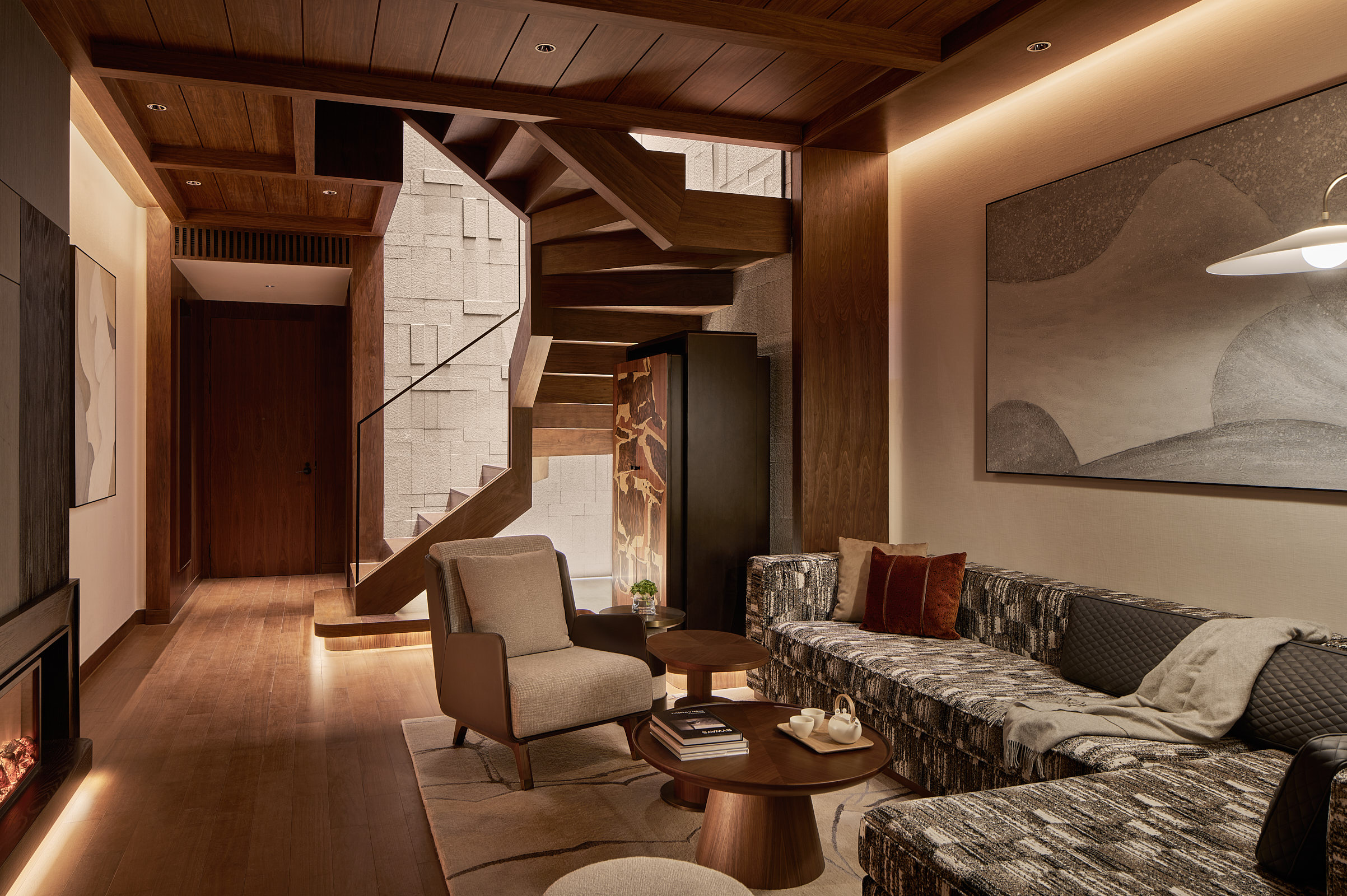
Shanghai Snow World Hotel, Vignette Collection – a new iconic destination attracting skiers from around the globe with its year-round snow exhilaration appeal, the design of Shanghai Snow World Hotel embraces a modern urban-alpine fusion, blending cosmopolitan energy with the warmth and comfort of a classic ski resort.
Recent statistics underscore this shift: Norway reported a 28% increase in international visitors during the summer of 2024 compared to 2023, as travelers sought cooler climates. Norwegian Air responded with a 15% expansion of its summer routes to cooler destinations, while Norwegian Cruise Line increased northern itineraries by 20%. Booking platforms like Airbnb saw a 35% surge in reservations for properties in northern locales, and Hyatt Hotels reported a 22% increase in stays at its alpine and northern properties. In contrast, traditional summer hotspots in southern Europe experienced a 12% drop in bookings during 2024 due to record heatwaves and wildfires, prompting a 7% rise in visits during the cooler spring and autumn months (Reuters, 2024).
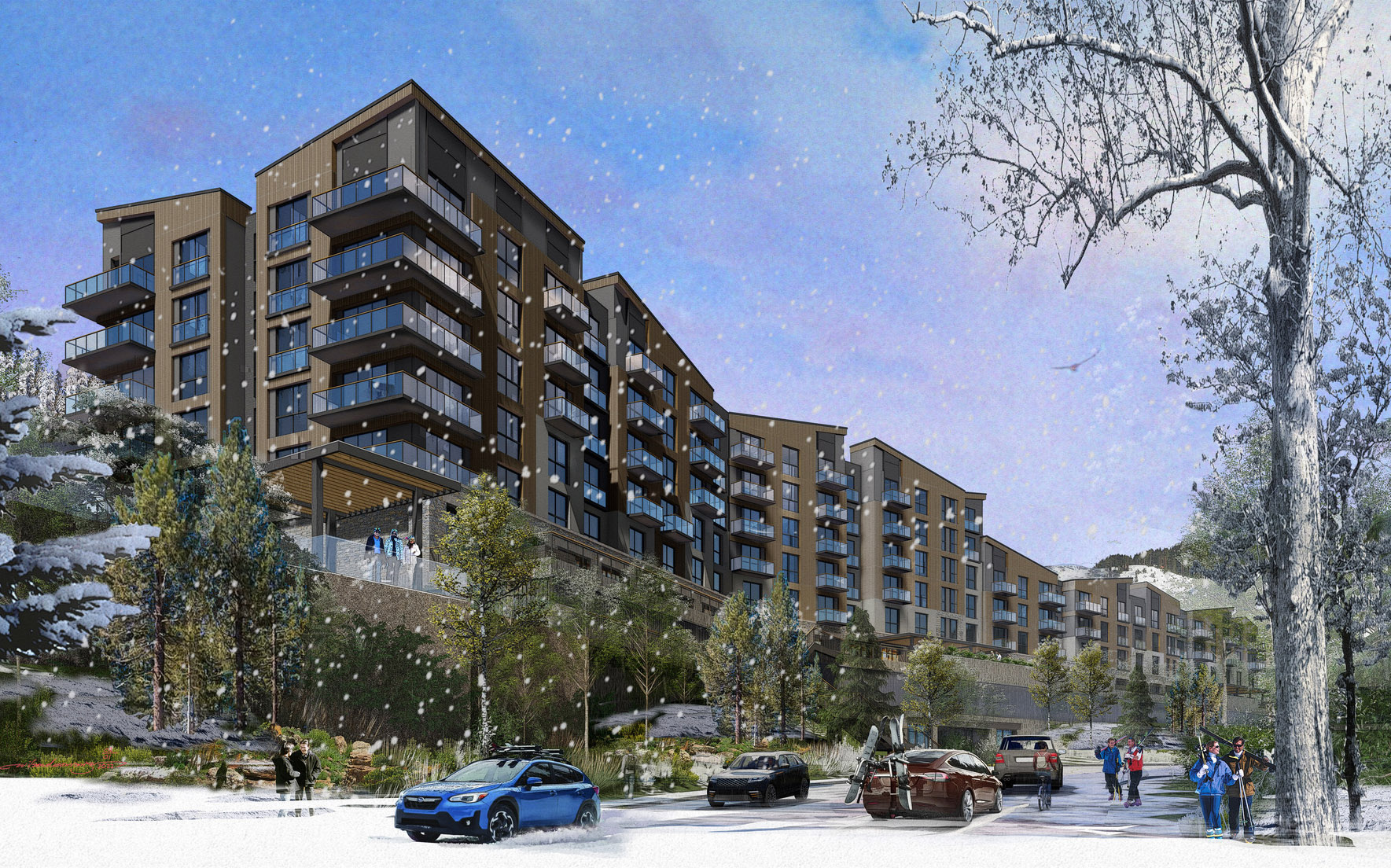
Limelight Hotels – Limelight Mammoth and Limelight Boulder showcase how design can cater to both outdoor enthusiasts and those seeking a cozy refuge. With a focus on modern aesthetics and warm interiors, these properties highlight the best of Coolcation design principles.
Designing for cold climates
Designing for cold climates presents a unique set of challenges and opportunities. Architects and designers must carefully balance the need for warmth and comfort with the desire to celebrate the stark beauty of these environments. Here are key considerations:
Embracing Natural Elements
Cold-weather destinations often feature breathtaking landscapes, from snow-capped mountains to frozen lakes. Designs must harmonize with these surroundings, using materials and forms that reflect the natural environment. Large windows, for example, can frame dramatic views while maximizing natural light to combat the shorter daylight hours.
Prioritizing Thermal Comfort
Ensuring warmth and comfort in sub-zero temperatures is paramount. This includes advanced insulation techniques, underfloor heating, and the use of cozy materials such as wool, cashmere, and timber in interiors. Fireplaces and heated outdoor spaces also enhance guest experiences by blending comfort with a sense of place.
Reduced Daylight Hours
In Arctic projects, the environments can be very fragile due to reduced daylight hours, which restrict vegetation growth. Additionally, the growing season is limited to just 2-3 months a year after the ground has thawed out. To address these challenges, we prioritize minimizing any impacts on the ecosystem around the sites, ensuring that development aligns with the natural rhythms of these sensitive environments.
Crafting Inviting Interiors
In colder climates, interiors take on heightened importance as spaces for relaxation and retreat. Textured surfaces, soft furnishings, and warm lighting create an ambiance of comfort and luxury. Attention to detail in these areas ensures guests feel cocooned from the harsh elements outside.
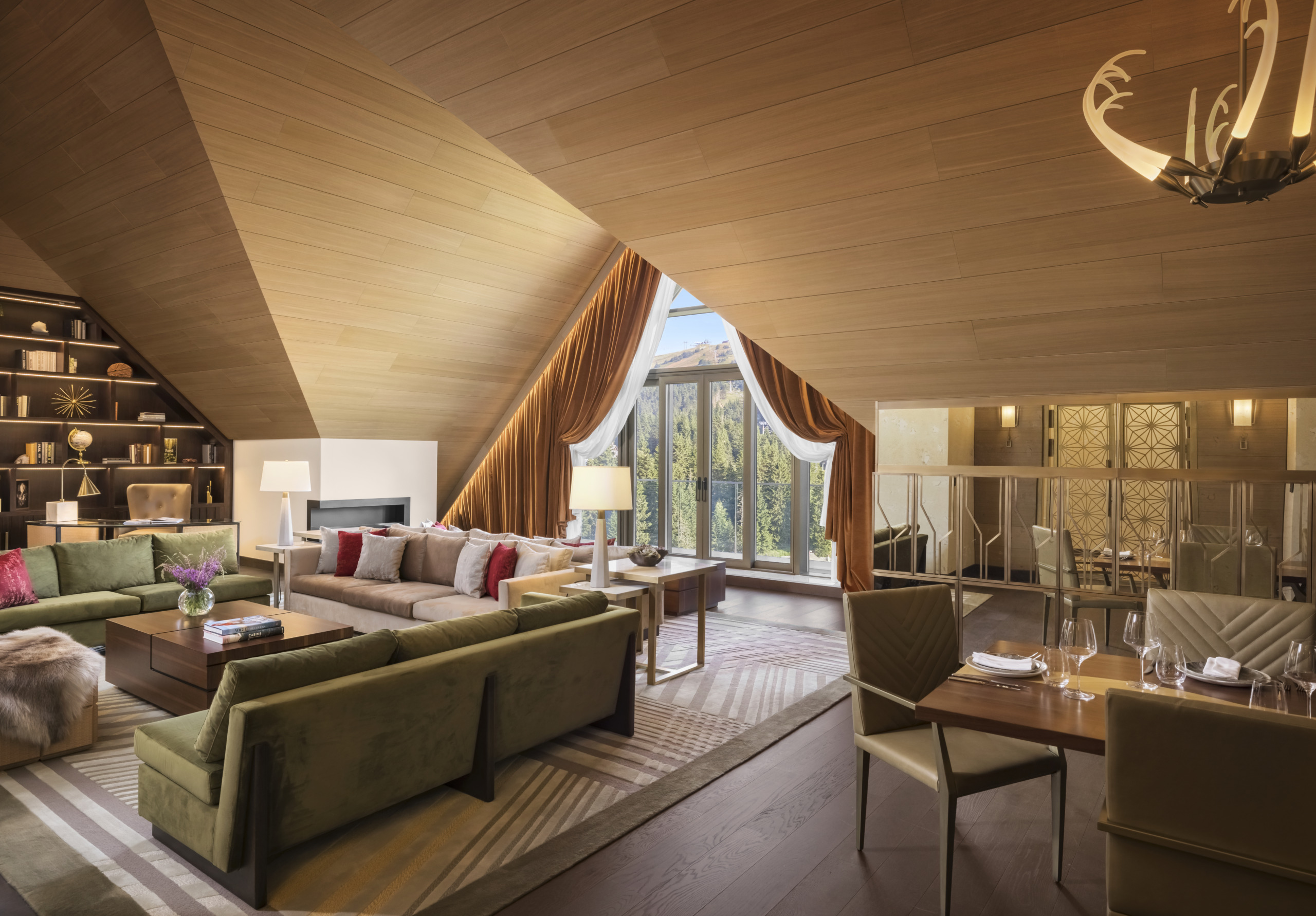
Viceroy Kopaonik Hotel, Serbia – Embracing contemporary design while celebrating the rugged beauty of its environment. Sustainability and thermal efficiency are at the heart of its design, ensuring guests enjoy comfort in the heart of Serbia’s mountains.
Sustainability
Designing for cold climates is about ensuring that the entire site harmonizes with its natural environment. Sustainable planning and landscape architecture is critical to achieving this balance. For instance, prioritizing treating all water and wastewater on-site to reduce stress on existing treatment systems. Managing water runoff and recycling resources further enhances the site’s ecological harmony, ensuring clean water and minimal environmental disruption.
Innovative solutions, such as integrating photovoltaic systems into building surfaces, play a significant role in sustainable design. Thin-film solar technologies and traditional solar panels can be seamlessly incorporated into roofs and facades, providing renewable energy without compromising aesthetics. These approaches align with the principles of low-impact development, which focus on preserving and enhancing the natural features of the site.
Moreover, engaging with local communities and understanding regional environmental challenges are essential steps in the design process. Planning efforts must reflect a deep respect for the land and water systems. By blending advanced technologies with cultural and ecological considerations, sustainable planning becomes a cornerstone of creating unforgettable Coolcation experiences.
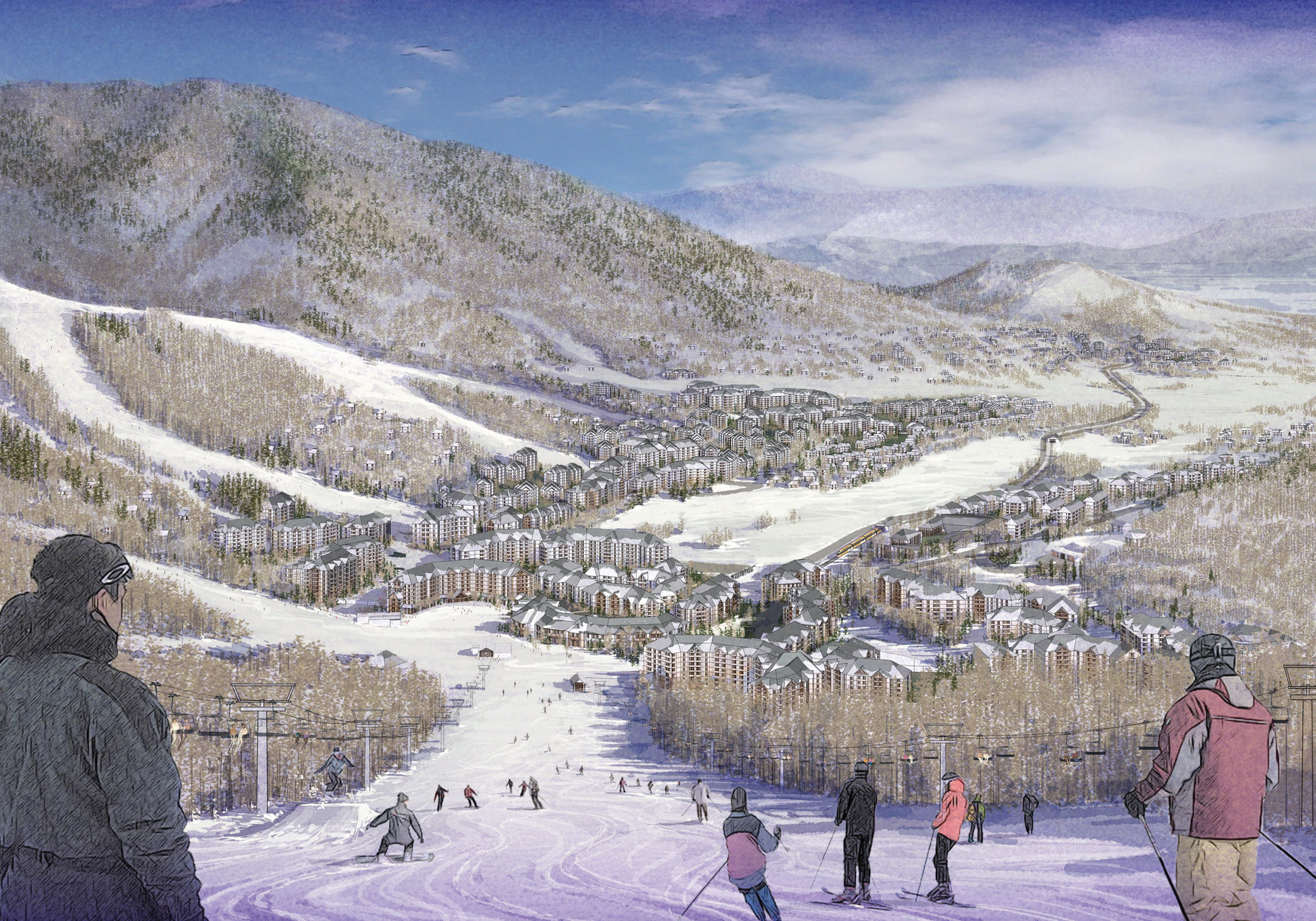
Bei Da Hu Regional Plan – An exemplary model of ski resort design, combining functionality for winter sports with luxurious, cozy interiors. Its design maximizes the interplay between indoor comfort and outdoor adventure.
Extending the Potential of Colder Mountain Resorts
Traditionally, colder mountain resorts have thrived during the ski season. However, relying solely on the ski season is often not enough to ensure the financial sustainability of these locations. To address this, we design destinations that function as all-year-round attractions. By offering seasonal activities such as hiking, mountain biking, and cultural events, we widen the destination’s potential and appeal. This approach not only supports local economies but also ensures that these resorts remain vibrant and functional regardless of the season.
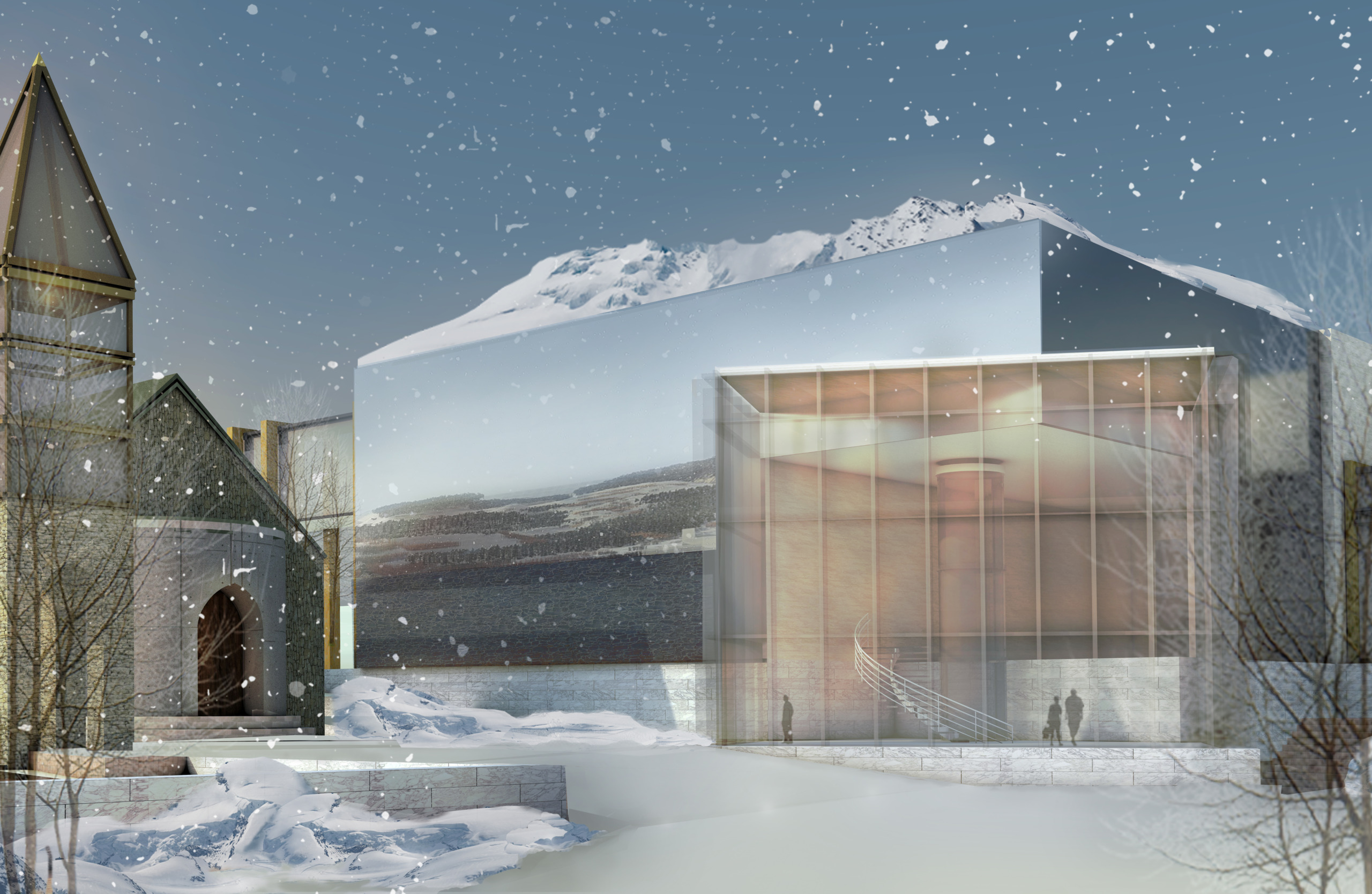
Yu Kiroro, Hokkaido, Japan – Meticulous design blends Japanese craftsmanship with a focus on thermal comfort. Ski-in, ski-out convenience is paired with tranquil interiors that invite guests to unwind in style.
Coolcations Are Here to Stay
Coolcations tap into the growing desire for experiences that rejuvenate the soul while reconnecting travelers with nature. Designing for cold climates requires a careful balance of aesthetics, functionality, and sustainability, a challenge WATG and Wimberly Interiors are uniquely equipped to meet. Our projects around the globe exemplify how thoughtful design can transform cold-weather destinations into luxurious and inviting retreats.
Latest Insights
Perspectives, trends, news.
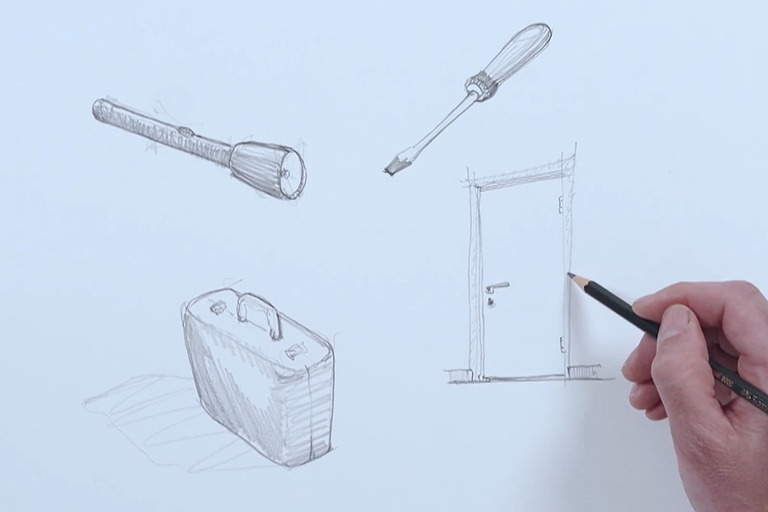
- News
The Torch, The Screwdriver, and the Pencil – Pete Wimberly’s Story
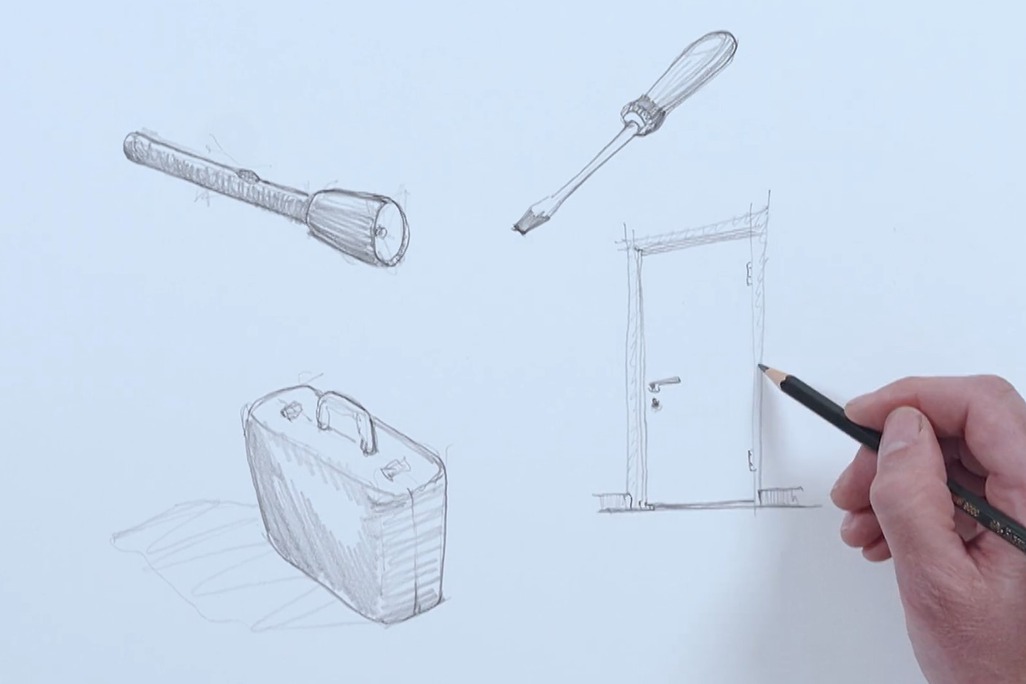
- News
The Torch, The Screwdriver, and the Pencil – Pete Wimberly’s Story
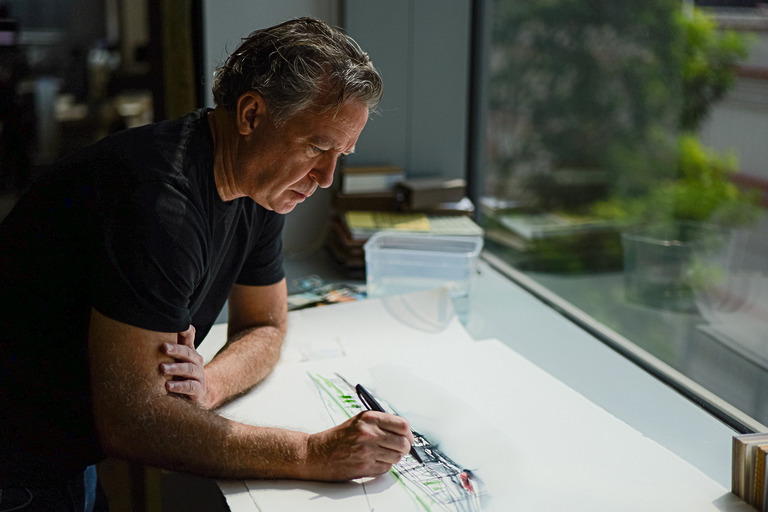
- Employee Feature
Ian Simpson: Constantly Curious, Constantly Creative
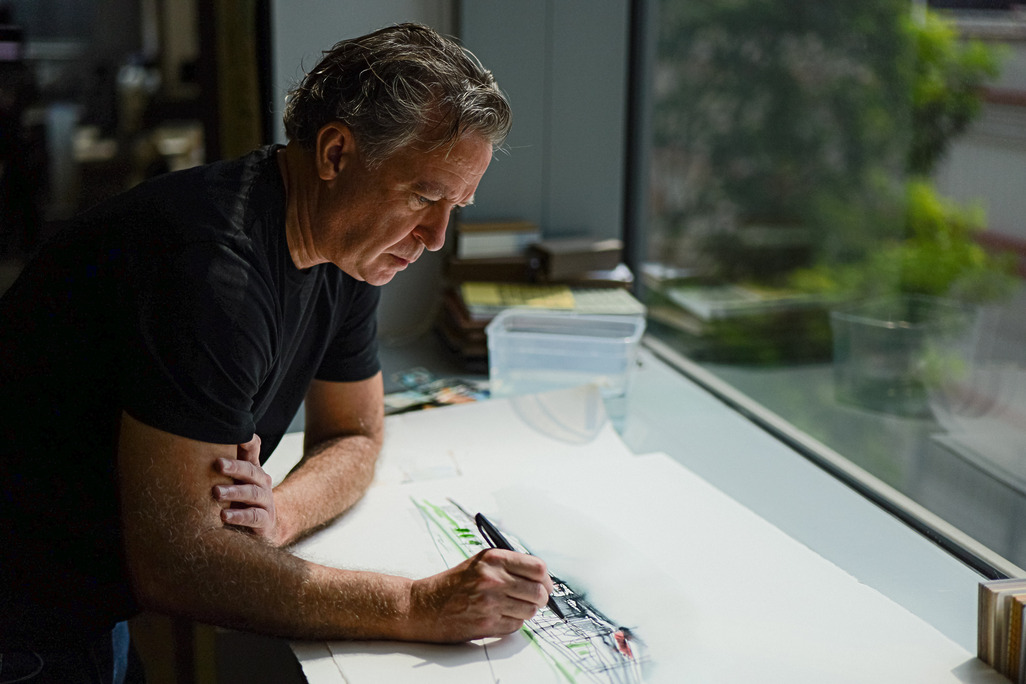
- Employee Feature
Ian Simpson: Constantly Curious, Constantly Creative
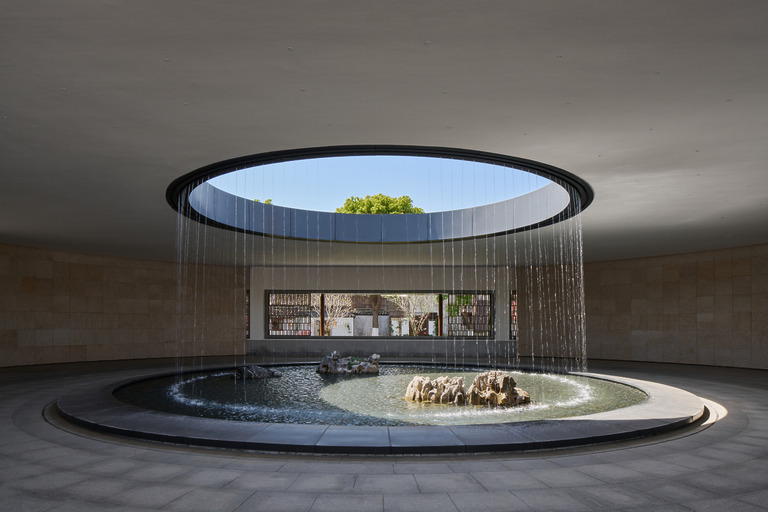
- Strategy & Research |
- Design Thinking & Innovation
Designing the Arrival Experience
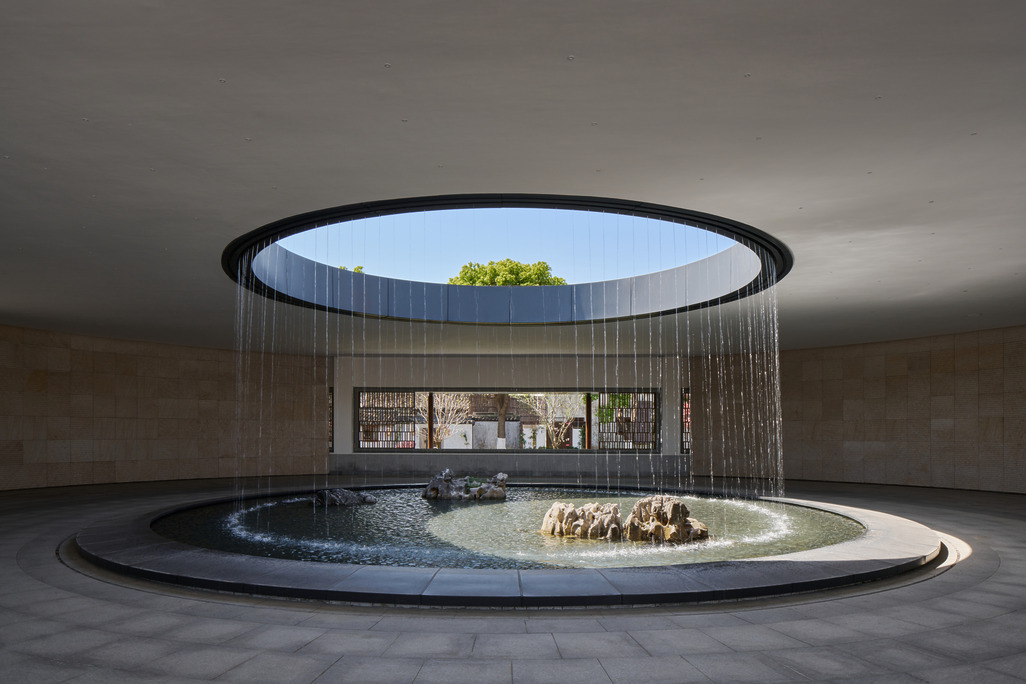
- Strategy & Research |
- Design Thinking & Innovation
Designing the Arrival Experience
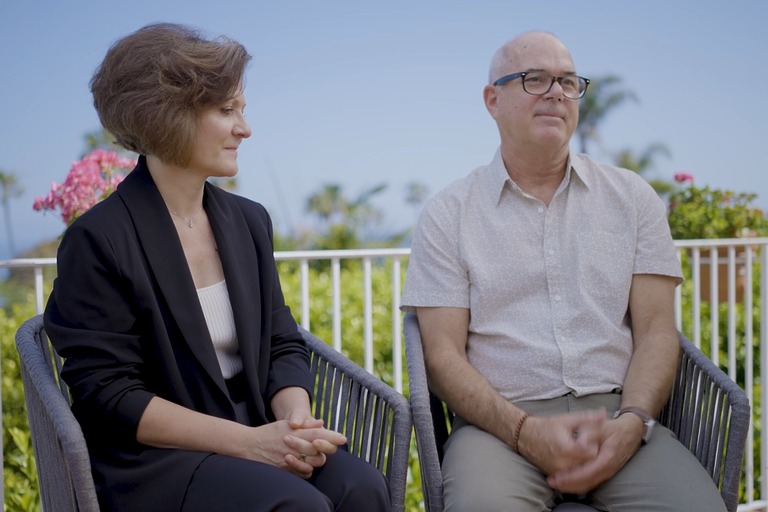
- Employee Feature |
- Inside WATG
Mentorship, Community, and Creativity: WATG’s Blueprint for the Next 80 Years
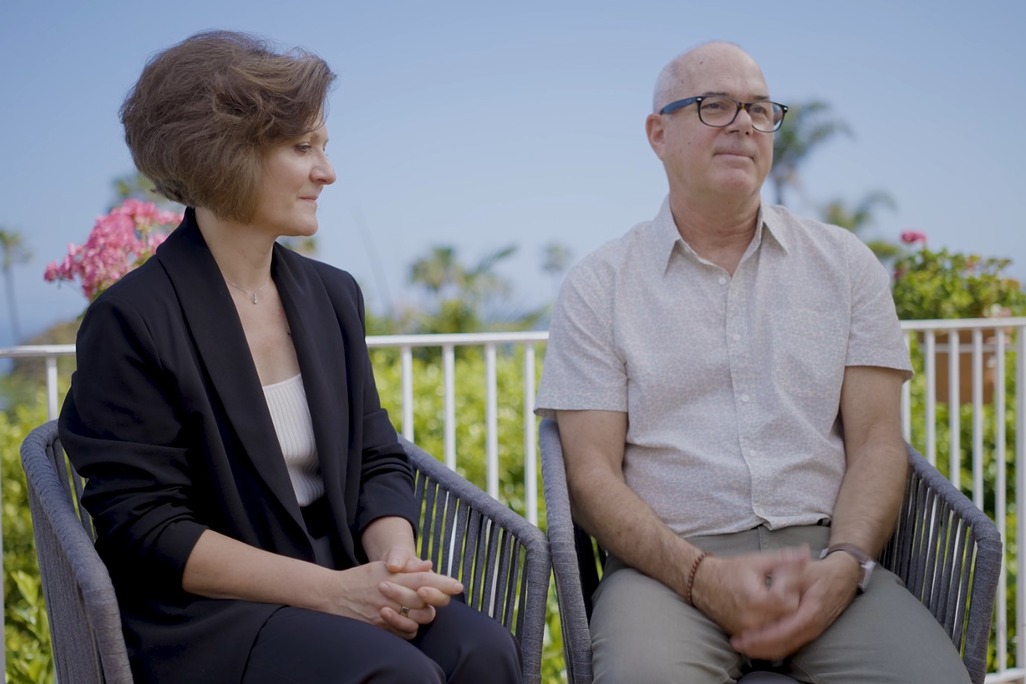
- Employee Feature |
- Inside WATG